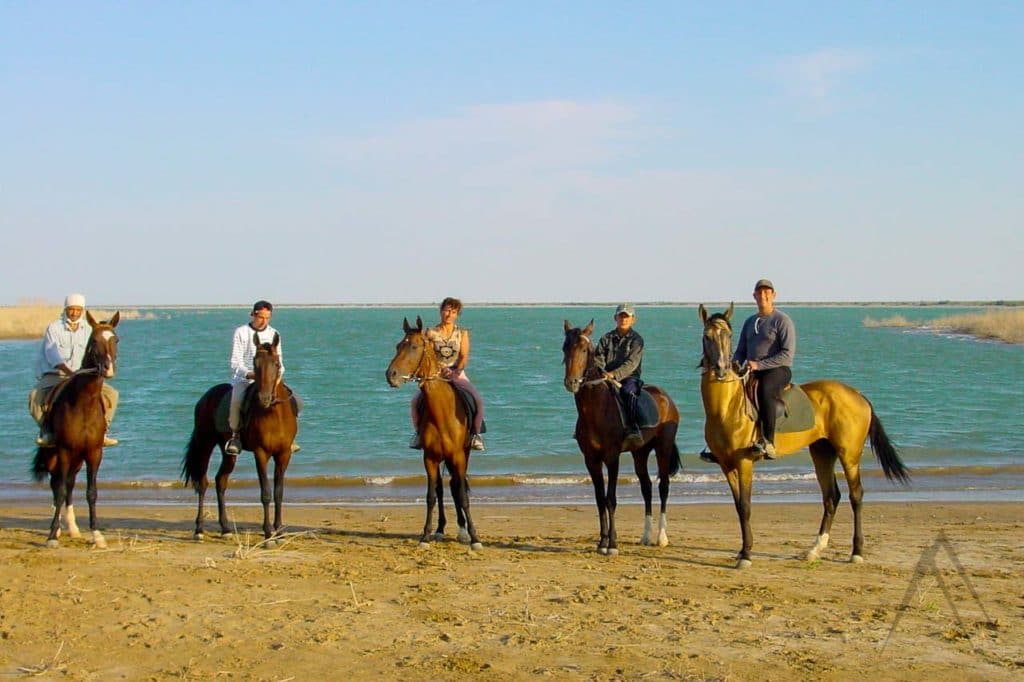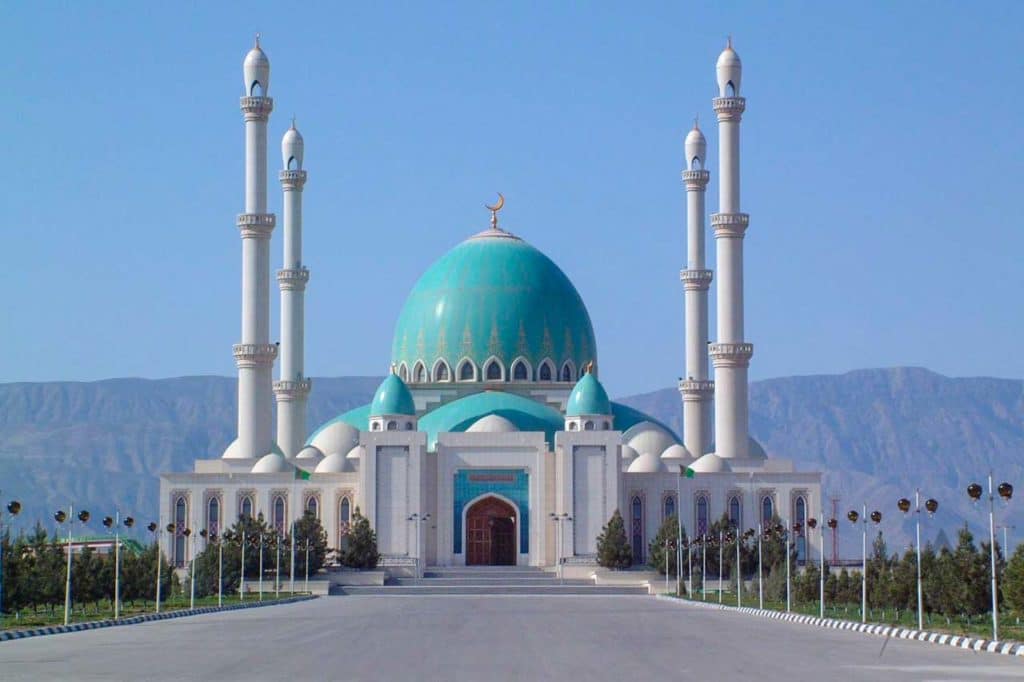Gok Depe
Gökdepe
Gok-Depe, also known as Goek Depe or Gokdepe, holds historical significance in Turkmenistan. The town is located approximately 45 kilometers northwest of Ashgabat, the capital of Turkmenistan. It is situated along the main road between Ashgabat and Bakharden, making it easily accessible for day trips from the capital. Today, Gökdepe is a modest town with a population engaged in agriculture and livestock rearing.
Gökdepe fortress
Gökdepe was the site of a crucial battle in 1881 where Turkmen forces made their last stand against the Russian Empire, ultimately leading to the end of the Ahal Teke Turkmens’ era.
The battle at Gok-Depe resulted in significant casualties among Turkmen troops and civilians, with the event commemorated annually on its anniversary. During the Soviet era, the area served as a collective farm, and today, it stands as a memorial site with the remains of the breached earthen fortress, symbolizing the historical struggle of the Turkmen people against outside forces.
Gökdepe is more than just a town in Turkmenistan; it is a symbol of the resilience and spirit of the Turkmen people. The events of the siege and the subsequent memorials have solidified Gökdepe’s place in the national narrative, making it an important historical and cultural site. The legacy of Gökdepe continues to resonate, reflecting the broader themes of resistance and identity in Turkmen history.

Saparmurat Hajji Mosque
The site of the Gökdepe Fortress and the Saparmurat Hajji Mosque are key attractions. These sites offer insight into the region’s historical struggles and the enduring legacy of the Turkmen resistance. Sapamurat Hajji mosque’s name refers to Niyazov’s pilgrimage to Mecca, from where he returned with US$10 billion of aid from the Saudi government. It is the first major project in Turkmenistan of the French construction company Bouguyes, completed in 1995. The mosque can accommodate 8 000 worshipers. It has a central dome of deep green color, surrounded by four green half-domes. The four minarets of the Saparmurat mosque are each 63 m in height, representing the age attained by the Prophet Mohammed. On the eastern side of the mosque there is a square courtyard, centered around a star-shaped pool.
Small white domes protrude from the roof around this courtyard like a row of eggs. This part of the complex includes both an area for ablutions on the ground floor and rooms originally intended to be a madrasa above. In a change of heart, the authorities have never allowed the latter to open.
The interior of the mosque features four pillars outlining a large central space into which hangs a huge French chandelier. It weighs two tonnes and contains 260 lamps. The interior of the dome and half-domes are decorated with soothing pastel blue designs, and the interior walls feature pleasant tiled representations of the traditional patterns of Turkmen carpets. The mosque is the focus of the government’s annual Goek depe commemoration taking place January 12.

Mausoleum of Kurbanmurad Ishan
In the graveyard, at the northern side of the fortress complex, is the simplistic Mausoleum of Kurbanmurad Ishan, a Naqshbandi Sheikh who served to inspire the Turkmens to stand firmly against the Russians. His tomb is a revered place of pilgrimage.
Gok depe Museum
A museum devoted to the events of 1881, is recorded to be built at the bottom of the walls here. Hence, the unreconstructed fortress walls are obvious as degraded ridges. The hill of Dengil Depe is still prominent against the skyline, though it is surrounded by vineyards and difficult to reach.
Other destinations near Gok Depe
Page updated 8.3.2021